SOLAR SYSTEM COMPONENTS AND THEIR FUNCTIONS
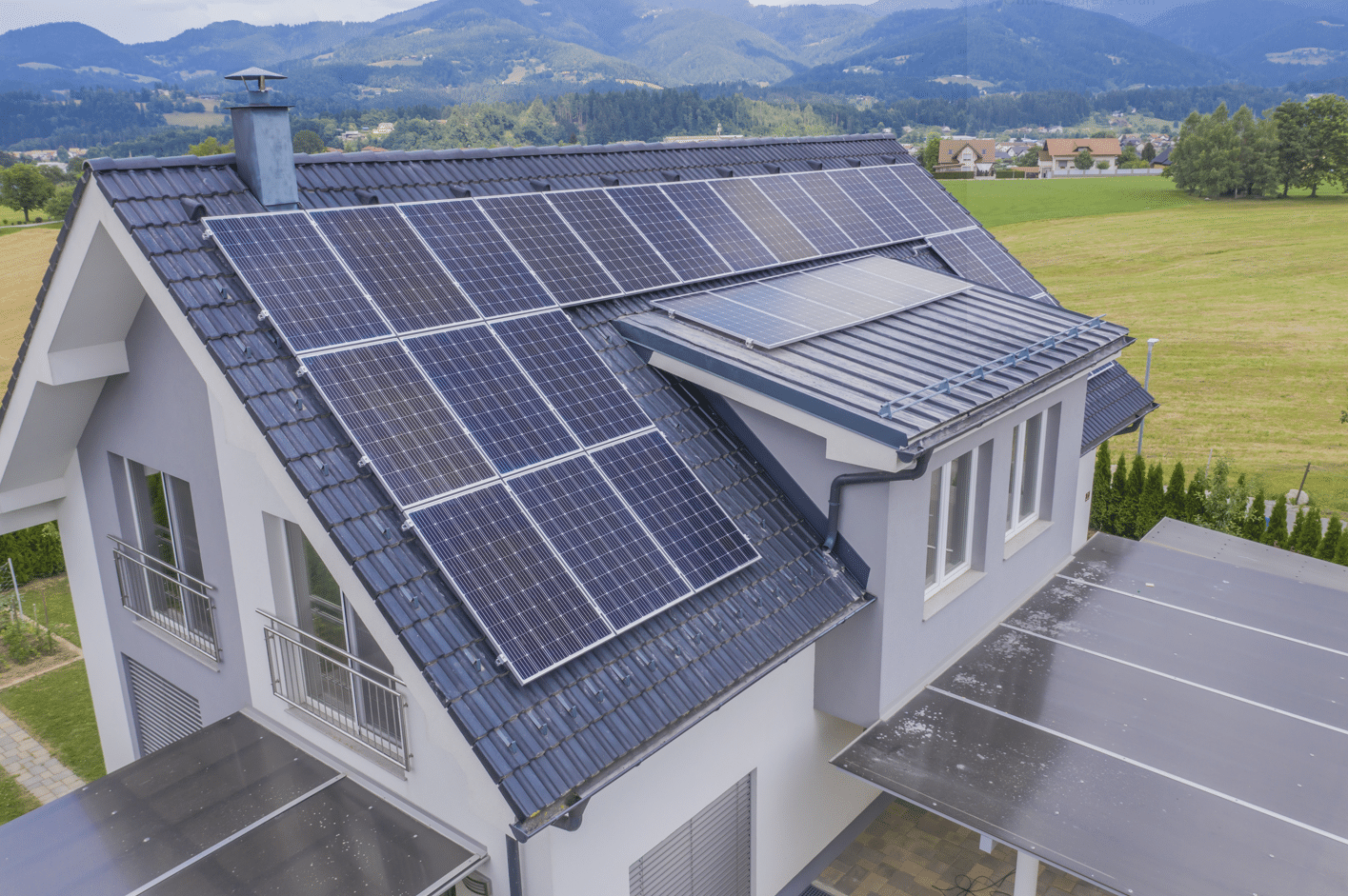
What makes a solar system as a whole? What are the functions of solar system components?
These might be the questions you have in a quest to understand more on solar systems. Or perhaps you do not know the function of a specific solar system component.
HOW TO SIZE A SOLAR SYSTEM – 5 clear steps anyone can follow
Or rather, you might be on a do it yourself (DIY) for sizing your own solar system and would like to know the different functions of solar system components. With a solar DIY the common question is usually “What components do I need to complete my solar project?”
If you are still wondering why solar energy? Then this article will help you. WHY SOLAR ENERGY? – 10 reasons to go solar
This article is to unveil the above questions and make one well versed with components of a solar system and their respective functions.
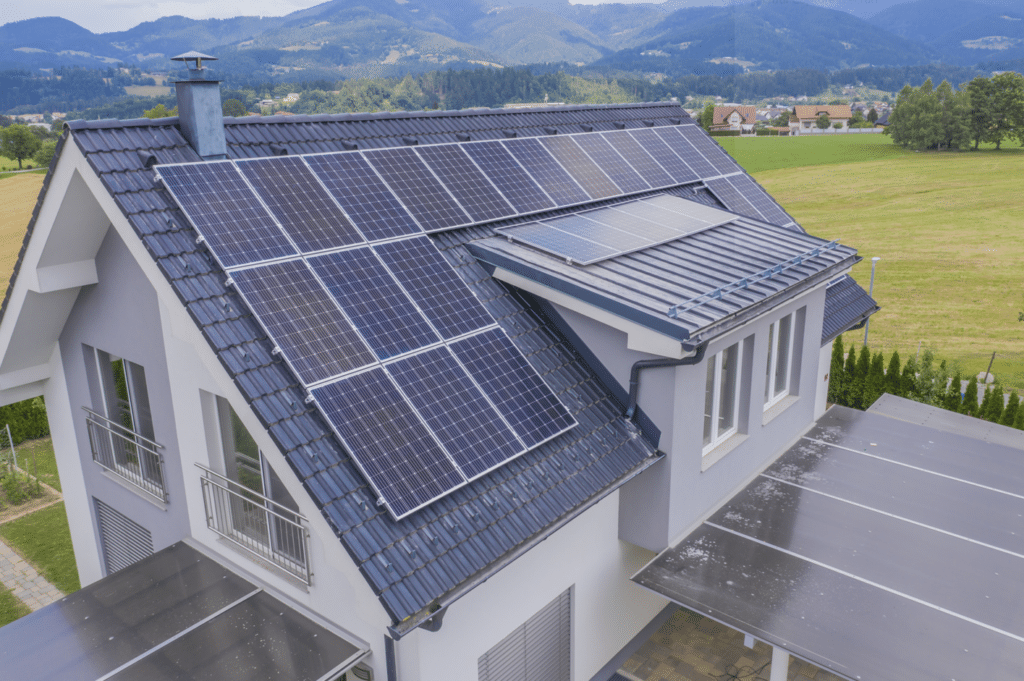
Functions of Solar System Components
Normally solar system components consist of the following:
- Solar panels,
- Charge controller,
- Inverter,
- Battery storage system
- Protection system
- Monitoring and metering system
- Loads or appliances to be powered
- Racking system
HOW TO START A SOLAR COMPANY – do these 6 things and make money through solar
Function of each solar system component is described below.
In any case you want to know how to size a solar system, then this article will help you with clear steps that anyone can follow.
*** ALSO CHECK: 8 Things You Didn’t Know About Solar Energy
1. Solar panels
As part of solar system components, solar panels receive solar radiation from the sun and converts this into electrical energy.
This will be direct current (DC) electricity. Normally solar panels are put either on top of a roof or as ground mount exposed to the sun.
***ALSO CHECK: Why the Need for Standard Building Regulations on Solar Installations
Solar panels are connected in either series or parallel combinations. If the solar panels are many then it is normal to find both series and parallel combinations in order to meet and maintain voltage specifications for a charge controller.
Solar Panel Frequently Asked Questions(FAQs) – solar panel FAQs
2. Charge controller
A charge controller regulates the charging of batteries from the solar panels. A certain amount of voltage is required for charging the battery storage system for each solar installation.
The charge controller also ensures the batteries do not discharge back into the system at night.
Common type of charge controllers are Maximum Power Point Tracking (MPPT) charge controller.
SOLAR FOR FESTIVE SEASON – 10 ways to spend the festive season with lights on
3. Inverter
Since solar panels generate DC power and this is stored in batteries which also are DC power sources.
***ALSO CHECK: List of US Standard Building Regulations on Solar Installations
An inverter converts DC electricity from the batteries to usable 220V, 110V, 240V or any needed AC voltage. The AC voltage is used to power the loads or appliances powered by the solar system.
Basically an inverter gives an output of AC electricity and this allows end users to get AC electricity from the wall sockets.
An inverter forms an important part of solar system components. It is the brains of a solar system and advanced inverters provide a monitoring system for tracking the system performance.
Types of inverters include:
- String inverters
- Microinverters
- Battery based inverter
- Grid tied inverters
Check how to size a solar inverter here.
4. Battery storage system
Again one of the key component in solar system components. A battery storage system is used for storing energy for future use when there is no sun – usually during the night. Thus battery storage system in vital for grid failure times, during the night, during interruptions and under days of overcast.
How to Identify Fake Solar Products
Types of batteries include:
- Lead-acid batteries – flooded and sealed type
- GEL batteries
- Lithium ion batteries
- Nickel based batteries
- Flow batteries
5. Protection system
Protection system is for the safety of solar system components, the loads connected and the user. Protection system for a solar system include solar power system disconnects.
System disconnects are basically switches that allow disconnecting the system from different elements of the solar system for example they allow disconnecting the power from the solar panels whenever there is need for repairs or whenever there is a problem. Thus, key components of protection system are circuit breakers.
12 CHALLENGES FACED BY SOLAR COMPANIES IN DEVELOPING COUNTRIES
6. Monitoring and metering system
Monitoring and metering system is optional and is used for monitoring the system performance. Monitoring can be local monitoring or remote monitoring at a distance. Metering enables the operator and/or end user to have a view of her or his usage.
7. Loads or appliances connected
These are the appliances connected to the solar system? Typical appliances for a solar system include lighting, entertainment, fridges and phone charging.
Number of appliances, their power ratings and run time hours (hours they are connected to the solar system) determine the time for which the battery storage system will last when there is no sun.
8. Racking system
Racking system keeps the solar panels and solar system in place. A solar system can be ground or roof top mount.
*** CHECK: HOW TO SIZE A SOLAR SYSTEM – 5 clear steps anyone can follow
Keep following SolarEyes International as we will be taking this topic further expanding on each component of a solar system. For example expanding on solar panel components and other topics related to solar energy.
FOLLOW US ON SOCIAL MEDIA
TELEGRAM GROUP
LINKEDIN
FACEBOOK
*** ALSO CHECK: WHAT IS A SOLAR HOME SYSTEM (SHS) – 7 treasure things to know
IMPORTANCE OF ENERGY SKILLS TRAINING INSTITUTIONS IN AFRICA – 7 Institutions to watch
HOW TO START A SOLAR COMPANY – do these 6 things and make money through solar
HOW TO SIZE A SOLAR SYSTEM – 5 clear steps anyone can follow
How to Identify Fake Solar Products
12 Common Natural Disasters for Solar Installations: How to avoid them
Biden Administration Proposes 30% Climate Change Tax on Cryptocurrency Mining: Good or Bad?
Top 10 Energy Storage Manufacturers Driving the Global Energy Storage Revolution
Etat de lieu de le situation énergétique en République démocratique du Congo


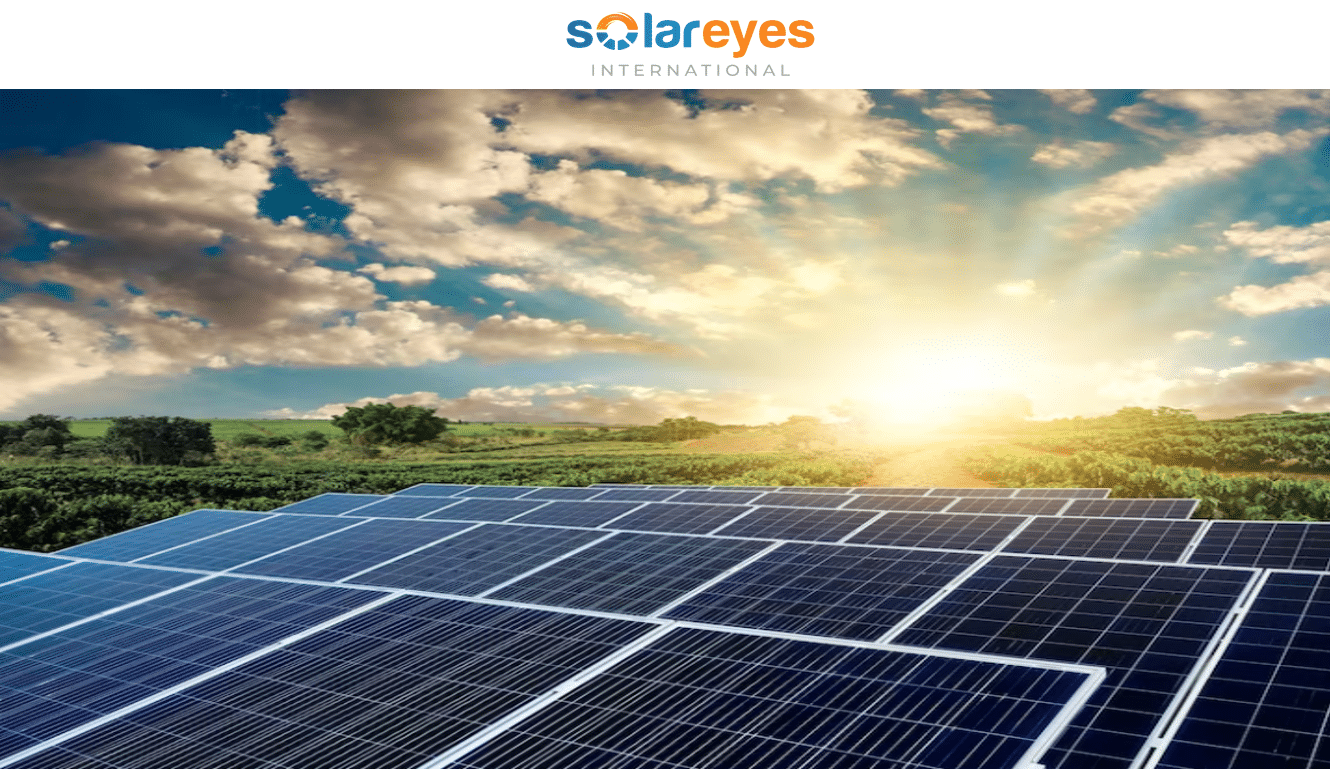
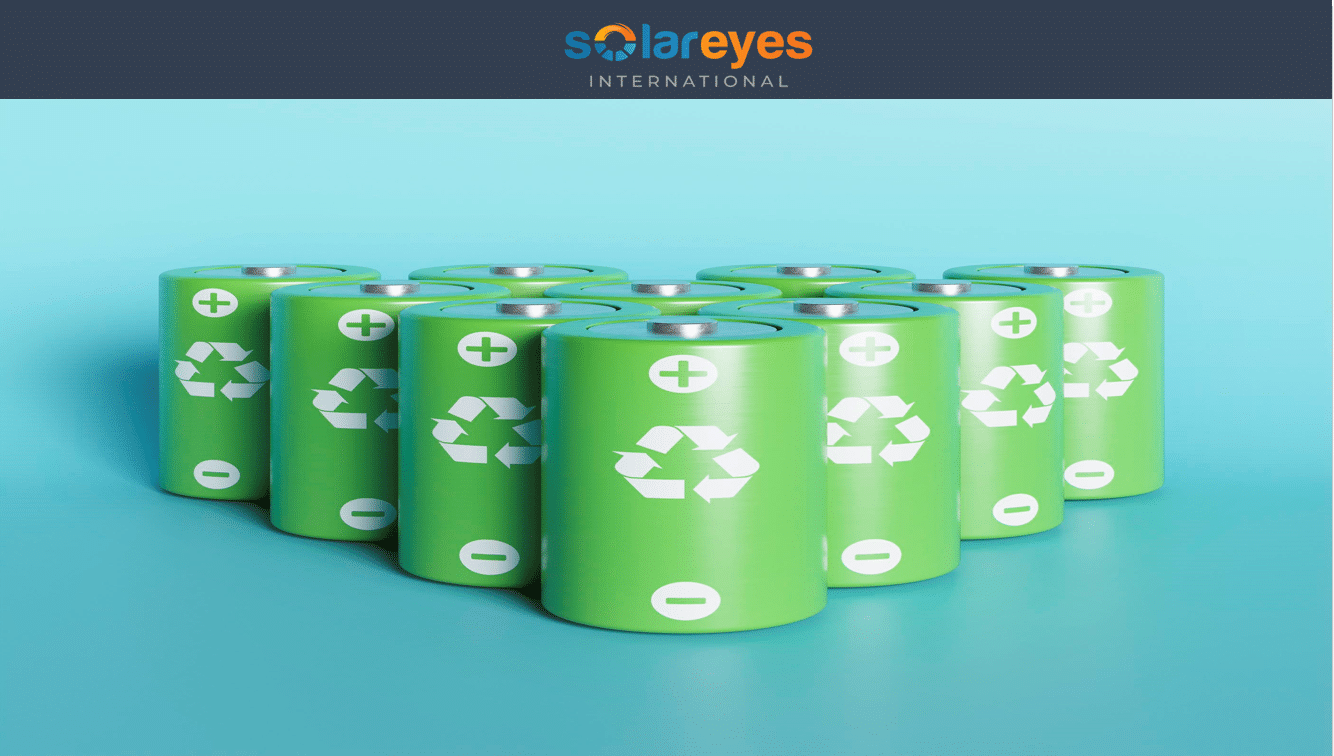

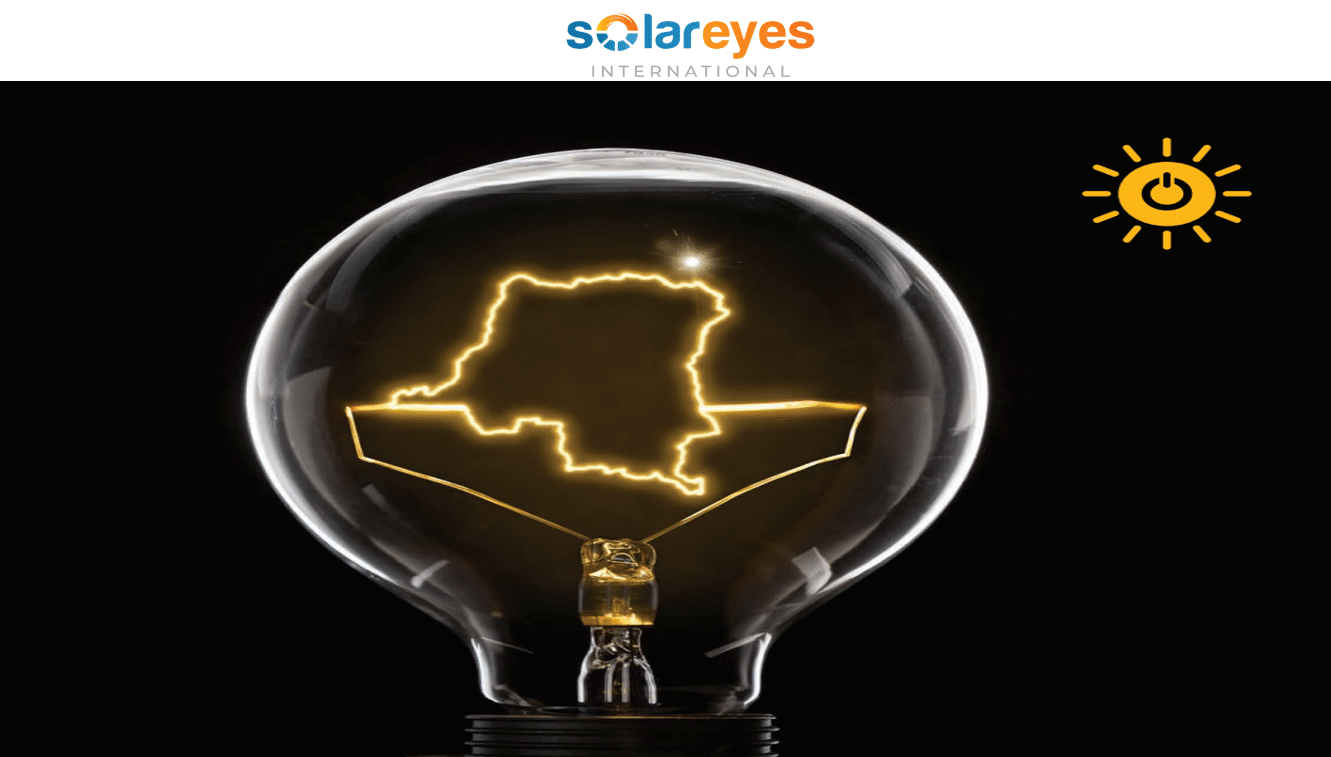
The write up on Solar system components is very educative. I have learnt a lot from going through it.
Please can you make a video and a write up on how to connect solar panels both in series and in parallel together with the other solar system components.
Happy to hear that it was helpful to you Anozie. Comments like these give us the energy to do more. Thank you very much. Yes, you have a good point, we are going to do videos soon on installation and commissioning of solar systems from small to big. Keep following.